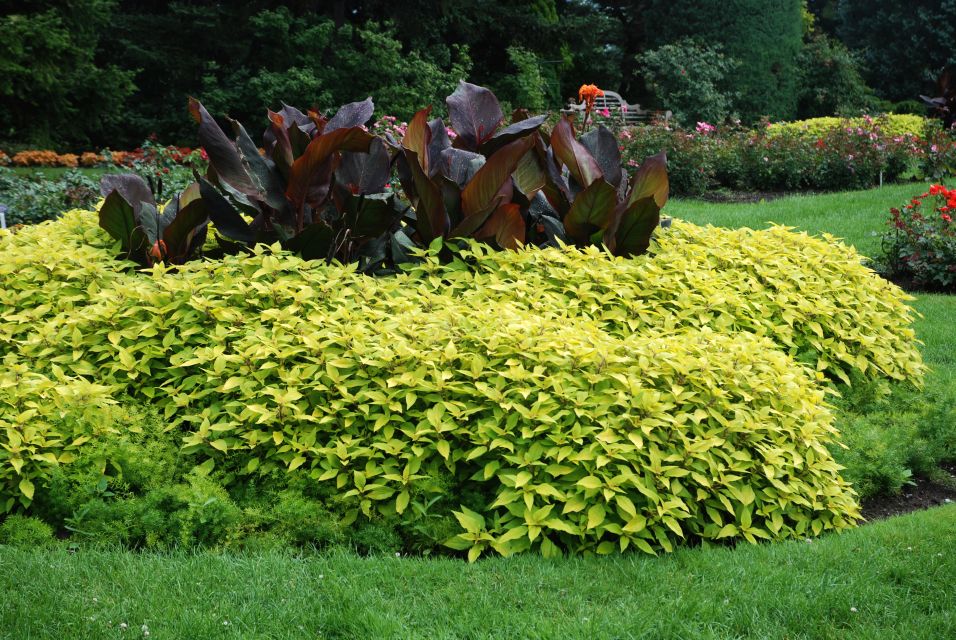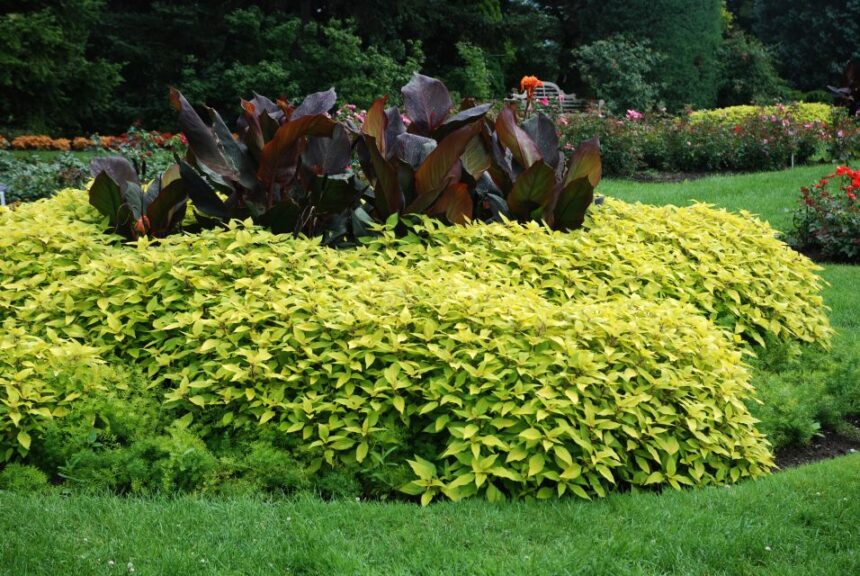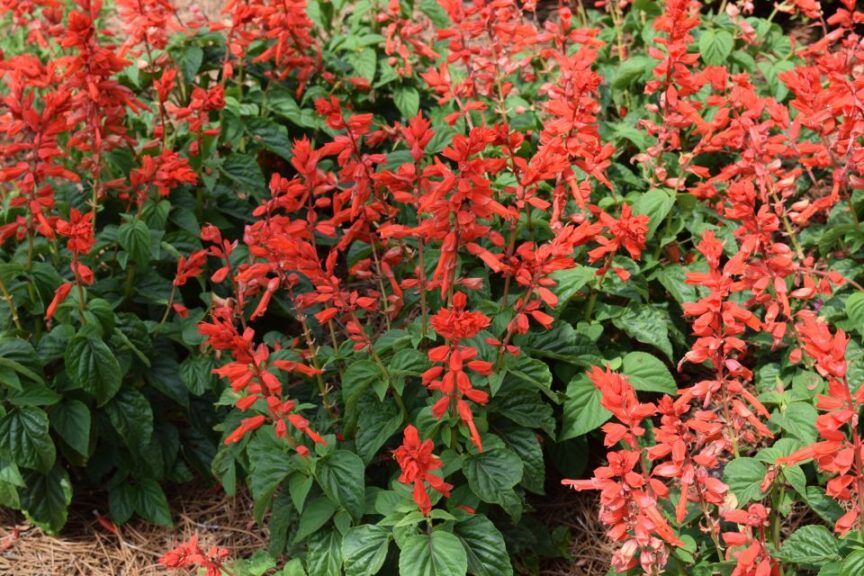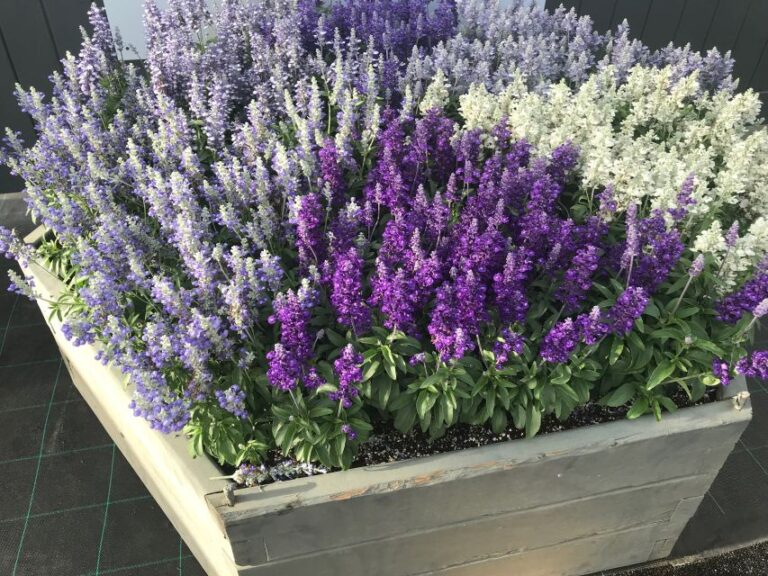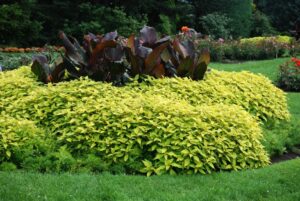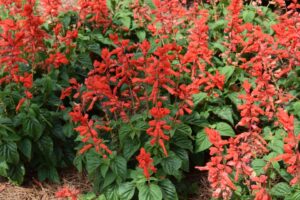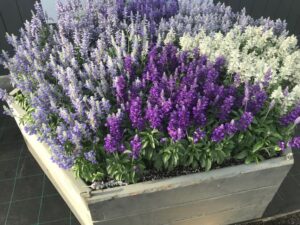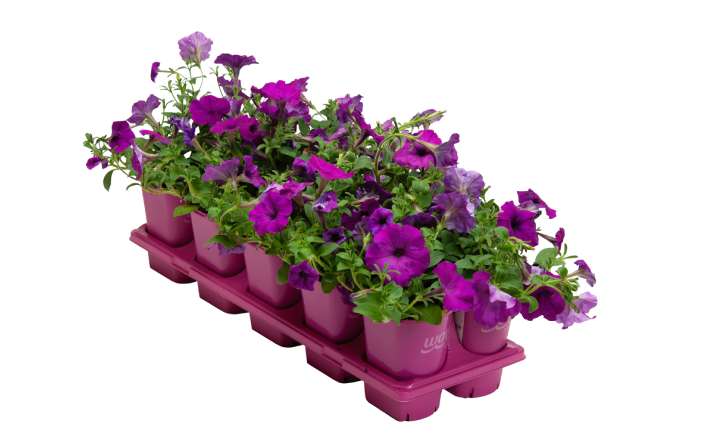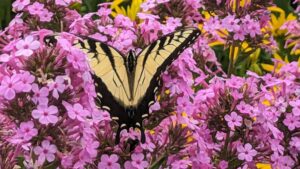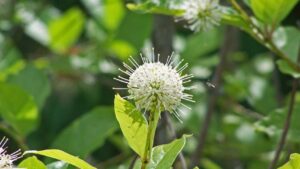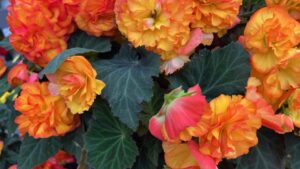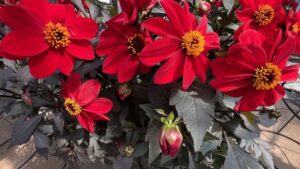A Quick Look at Annual Salvias With Dr. Allan Armitage
Salvias are one of the most popular plants for the nursery and greenhouse grower. They range from the herbal sage of Simon & Garfunkel fame to the ubiquitous red annual salvias adorning parks and mall entrances and to the many perennial forms that have appeared in the last eight years.
When garden designers designate areas on their plan as “color”, annual red salvias are often planted. They are easy, remain in flower for most of the season, attract pollinators, and everyone recognizes them.
Perennial salvias are a bit more confusing. Some are truly perennial, to Zone 4 or 5, but many of our new offerings today are really “temperennials”, that is, they may come back — or not, depending on the climate where the installation is located.
Allow me to share a few salvias that make this group of plants so popular today. There are so many that I have started with the annuals. Next month, we’ll discuss some of the perennial salvias, old and new.
Warning: I have gone through the “Salvia Stage of Life”, that is, trying to learn, grow, and understand where the species, cultivars, and hybrids fit in the world of salvias. Back away slowly. This is a dangerous obsession.
Annuals — Ones We All Know
- S. splendens, so many excellent reds, such as the Grandstand, Saucy, and Salsa series, to name but a few. While their main reason for sales is because of color, don’t forget that they produce almost as much nectar as honeysuckle, and are favorites of pollinators. Other colors are available to be sure, but the main palette is red.
- S. farinacea, known as the mealycup sage, sports terrific plants that perform well in heat and humidity. Some of the better performers reside in the Farina, Sallyfun, Cathedral, and Victoria series, but more are appearing every year. Perhaps not quite as good in attracting pollinators, but still quite useful. Most are in the blue/purple hues, but some bicolors are also available.
- S. elegans, pineapple sage, provides fragrance of foliage and beautiful deep red flowers. These differ from S. splendens and S. farinacea in that they flower in the fall. One of my favorites and surely a top choice for retailers and landscapers is ‘Golden Delicious’. Even with no flowers, the golden foliage makes this a 55 mph plant.
Annuals/Temperennials
What I like to call “temperennials” are not as well known, but there is so much potential for summer and fall sales.
- S. leucantha, velvet sage, is cold hardy to perhaps Zone 7b, but regardless has become a favorite of designers because of the soft foliage and abundant fall flowers. Usually it is available with white/purple flowers (the species) or all purple (‘Midnight’). New colors have come and gone, but I keep waiting for consistent pinks and whites to reemerge.
- S. ‘Phyllis Fancy’ is a vigorous late-flowering hybrid. It may overwinter to Zone 7b/8a, but even as an annual, it provides outstanding late season color. If a grower is successful with pineapple sage, this falls in the same market.




